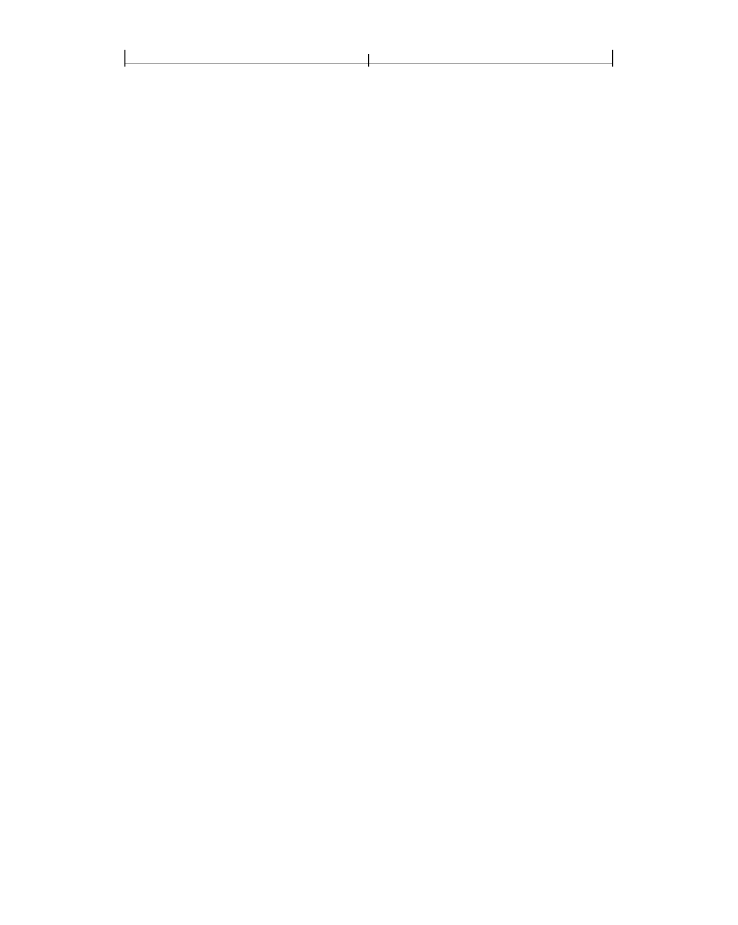
CHAPTER 6
508
Rendering
35 0 obj
<< /Type /Halftone
/HalftoneType 1
/Frequency 90.000
/Angle 45
/SpotFunction /Round
/AccurateScreens true
>>
endobj
6.5 Scan Conversion Details
The final step of rendering is
scan conversion.
As discussed in Section 2.1.4, “Scan
graphics, text, and images in the raster memory of the output device.
The specifics of the scan conversion algorithm are not defined as part of PDF.
Different implementations can perform scan conversion in different ways; tech-
niques that are appropriate for one device may be inappropriate for another. Still,
it is useful to have a general understanding of how scan conversion works, partic-
ularly when creating PDF documents intended for viewing on a display. At the
low resolutions typical of displays, variations of even one pixel’s width can have a
noticeable effect on the appearance of painted shapes.
The following sections describe the scan conversion algorithms that are typical of
Acrobat products. (These details also apply to PostScript products, yielding con-
sistent results when an application prints a document on a PostScript printer.)
Most scan conversion details are not under program control, but a few are; the
parameters for controlling them are described here.
6.5.1 Flatness Tolerance
The
flatness tolerance
controls the maximum permitted distance in device pixels
between the mathematically correct path and an approximation constructed from
straight line segments, as shown in Figure 6.6. Flatness can be specified as the op-
erand of the
i
operator (see Table 4.7 on page 219) or as the value of the
FL
entry
in a graphics state parameter dictionary (see Table 4.8 on page 220). It must be a
positive number; smaller values yield greater precision at the cost of more com-
putation.